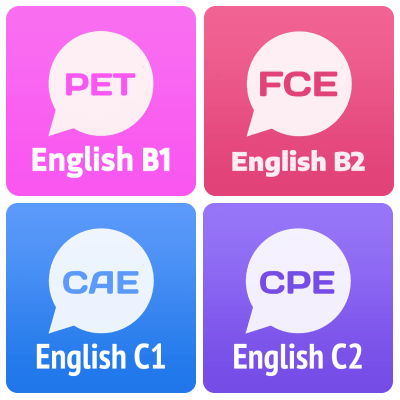Present Simple or Present Continuous?
This comparison helps distinguish between routines (Present Simple) and ongoing actions (Present Continuous). Use Present Simple for regular habits and Present Continuous for actions happening right now or in progress.
Back
Present Simple or Present Continuous?
Here's when to use both Present Simple and Present Continuous. Pretty easy as you can see!
| Present Simple | Present Continuous |
|---|---|
Things which are always true:
| Things which are happening at the moment of speaking:
|
Permanent situations (or nearly permanent; true for a few years at least):
| Temporary situations:
Situations which are slowly changing:
|
Habits or things we do regularly:
| Temporary or new habits:
Annoying habits (usually with 'always'):
|
Future events which are part of a timetable:
To talk about the future after certain words ('when' 'until' 'after' 'before' 'as soon as'):
| Definite future plans:
|
To talk about what happens in books, plays and films:
| To talk about people in pictures and photos:
|
Remember: we use the present simple with stative verbs. We can't use any continuous tense (including the present continuous tense, of course) with stative verbs
